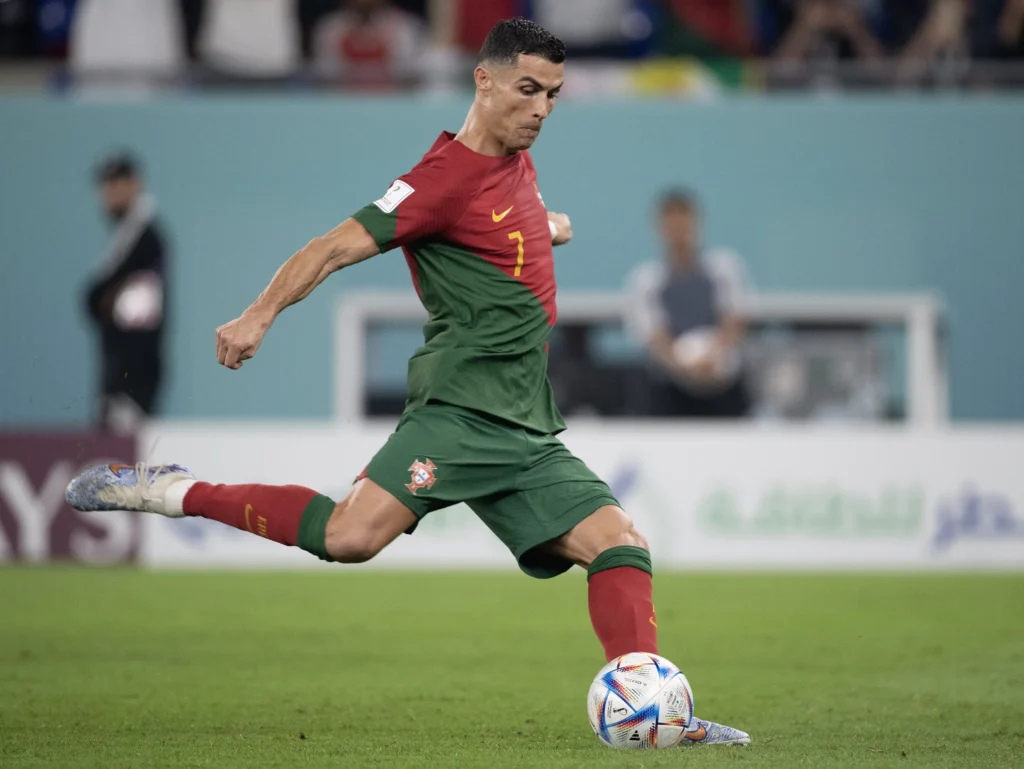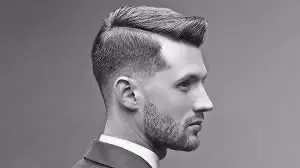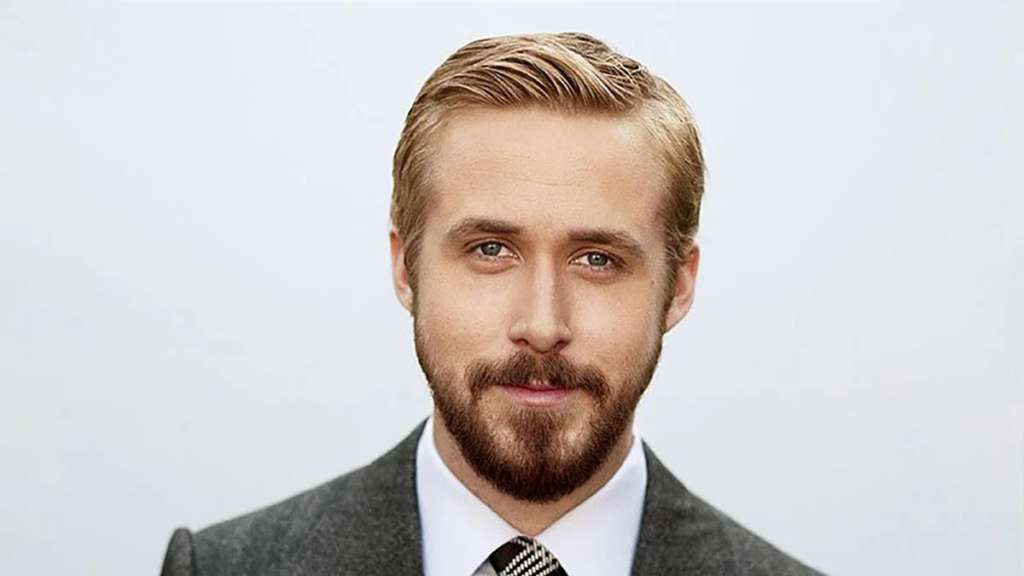Introduction:
Haircuts have always been a significant part of American culture, reflecting the ever-changing trends and societal norms. Hairstyles have been a reflection of the times, from the 1950s military look to the eccentric styles of the 1980s. They have served as a way to express individual identity and collective culture. By examining the evolution of American haircuts through the decades, we gain insight into fashion, influences, and cultural shifts that have shaped these trends.
1950s:
The 1950s marked a time of traditionalism and conformity, reflected in the popular hairstyles of the era. Men favored a clean and sophisticated look with their hair often worn short and neat. The crew cut was the hallmark haircut of the 1950s. It was characterized by closely cropped sides and back with a longer textured top. It was a popular choice for military personnel. Its association with discipline and authority made it a widespread trend among civilian men. These figures helped popularize the style, making it a symbol of youth culture and rebellion.
Women, on the other hand, embraced feminine elegance during the 1950s. The iconic Marilyn Monroe popularized the platinum blonde bombshell look, with soft waves that framed the face. They also used a variety of products, including hair sprays, mousses, and gels, to keep their hair in place and looking its best. The hairstyles of the 1950s were characterized by voluminous curls, high ponytails, and elaborate updos. These styles projected an air of sophistication and femininity.
1960s:
The 1960s brought a significant shift in fashion and attitudes, and this was reflected in the evolving hairstyles of the era. Men’s hair started to grow longer, influenced by the British invasion of bands like The Beatles. The mop-top haircut, characterized by a longer, shaggier appearance with bangs covering the forehead, became incredibly popular. This style challenged traditional norms and was perceived as a statement against authority. Hippie culture had a major impact on fashion. Men’s hairstyles became longer and more unkempt, symbolizing rebellion and nonconformity.
Women’s hairstyles in the 1960s showcased a wide range of possibilities, from the sleek and sophisticated to the wild and rebellious. One of the most iconic hairstyles of the decade was the beehive, popularized by fashion icons like Audrey Hepburn. This voluminous updo required significant backcombing and hairspray to create a tall and extravagant shape. As the decade progressed, hairstyles became more liberated and experimental, with women embracing the natural texture of their hair or opting for shorter, pixie cuts popularized by actress Mia Farrow.
1970s:
The 1970s ushered in an era of self-expression and counterculture, influencing American haircuts of the time. Men wore their hair long and free, often embracing a more natural and flowing aesthetic. The shag haircut gained popularity, characterized by layers of different lengths and a nonchalant, tousled appearance. This style represented a rejection of the rigid norms of the previous decades, often associated with the bohemian and hippie movements.
Women’s hairstyles in the 1970s displayed a variety of influences, from the disco era to the feminist movements. The disco scene, characterized by flashy and glamorous looks, inspired women to wear their hair down with sleek, voluminous waves, often enhanced by use of hot rollers and curling irons. The feminist movement also had a significant impact on women’s haircuts, with many embracing shorter styles as a symbol of independence and empowerment. The feathered, layered look popularized by Farrah Fawcett became a defining hairstyle of the decade, effortlessly combining femininity and liberation.
1980s:
The hairstyles of the 1980s were bold, eccentric, and unforgettable. The rise of MTV and pop music culture heavily influenced American haircuts during this era. Men often sported hairstyles that were big, bold, and full of attitude. The mullet was a popular choice, characterized by short hair on the front and sides complemented by a long, flowing party in the back. Musicians like Billy Ray Cyrus and bands like Bon Jovi helped solidify the popularity of this flamboyant haircut. Alternatively, punk and new wave subcultures expressed their rebellious spirit through colorful and asymmetrical hairstyles, often spiked or teased with an abundance of hairspray.
Women’s hairstyles in the 1980s were equally audacious and varied. The decade witnessed extravagant and voluminous styles such as the teased and hairsprayed “big” hair, popularized by celebrities like Madonna and Joan Collins. Perm treatments and curly hairstyles also reigned supreme, as seen on TV shows like “Dynasty” or movies such as “Flashdance.” The creation of iconic hair accessories like scrunchies and headbands added an extra touch of flair to these unforgettable looks. The 1980s were an era defined by self-expression and an embracing of individuality, evident in the diverse range of hairstyles.
Conclusion:
From the conservative and neat styles of the 1950s to the rebellious and audacious trends of the 1980s, American haircuts have continuously evolved throughout the decades. These hairstyles, shaped by societal and cultural influences, have become markers of their respective eras, reflecting fashion, music, and changing attitudes. From the disciplined crew cuts of the post-war period to the rebellious spirit of the counterculture movements, hairstyles have played a vital role in self-expression and identity formation.
FAQs Section:
1. Are there any American haircuts that have remained popular across multiple decades?
Yes, certain haircuts have remained popular across multiple decades due to their versatility and timeless appeal. For example, the pixie cut, initially popularized in the 1960s, has continued to be a popular choice for women seeking a chic and low-maintenance style. Similarly, the bob haircut, which emerged in the 1920s, has undergone numerous adaptations over the years but has maintained its popularity among women.
2. How have cultural influences shaped American haircuts?
Cultural influences have played a significant role in shaping American haircuts. For instance, music and pop culture have consistently influenced hairstyle trends. The British invasion in the 1960s brought about longer haircuts for men, while the influence of disco and punk cultures in the 1970s and 1980s respectively gave rise to bold and eccentric hairstyles. Furthermore, societal movements like feminism have also impacted women’s hairstyles, promoting shorter styles as a symbol of empowerment and liberation.
3. Are there any recent trends in American haircuts?
In recent years, there has been a resurgence of retro influences in American haircuts. Many individuals have embraced the classic styles of the past, modifying them to suit modern preferences. For example, the undercut, a variation of the crew cut popular in the 1940s, has become increasingly popular among men seeking a contemporary look. Similarly, women have been experimenting with styles from the 1960s, such as the updated beehive, incorporating them into their daily repertoire.
4. How do American haircuts reflect societal changes?
American haircuts reflect societal changes by mirroring the prevailing attitudes and values of each era. For instance, the more conservative and structured hairstyles of the 1950s mirrored the traditionalism and conformity of the period. In contrast, the rebellious and eccentric haircuts of the 1980s were representative of the cultural shifts towards individualism and self-expression. Hairstyles have always been a visual way to express identity, making them a barometer for societal changes at any given time.
5. What impact does technology and hair care products have on modern hairstyles?
Technology and hair care products have revolutionized modern hairstyles, offering individuals unprecedented possibilities for styling and care. Hair dryers, curling irons, straighteners, and other tools have allowed for versatile looks, enhancing the range of possibilities. Additionally, advancements in hair care products have made it easier to achieve desired hairstyles while maintaining healthy hair. From color treatments to specialized shampoos, these products have become essential aids in creating and maintaining modern hairstyles.
Conclusion
In conclusion, American haircuts have undergone a remarkable evolution throughout the decades. From the disciplined and conforming styles of the 1950s to the rebellious and innovative trends of the 1980s, hairstyles have served as expressions of individualism, societal shifts, and cultural influences. As fashion, attitudes, and technology continue to progress, we can only anticipate further transformations in the realm of American haircuts.



